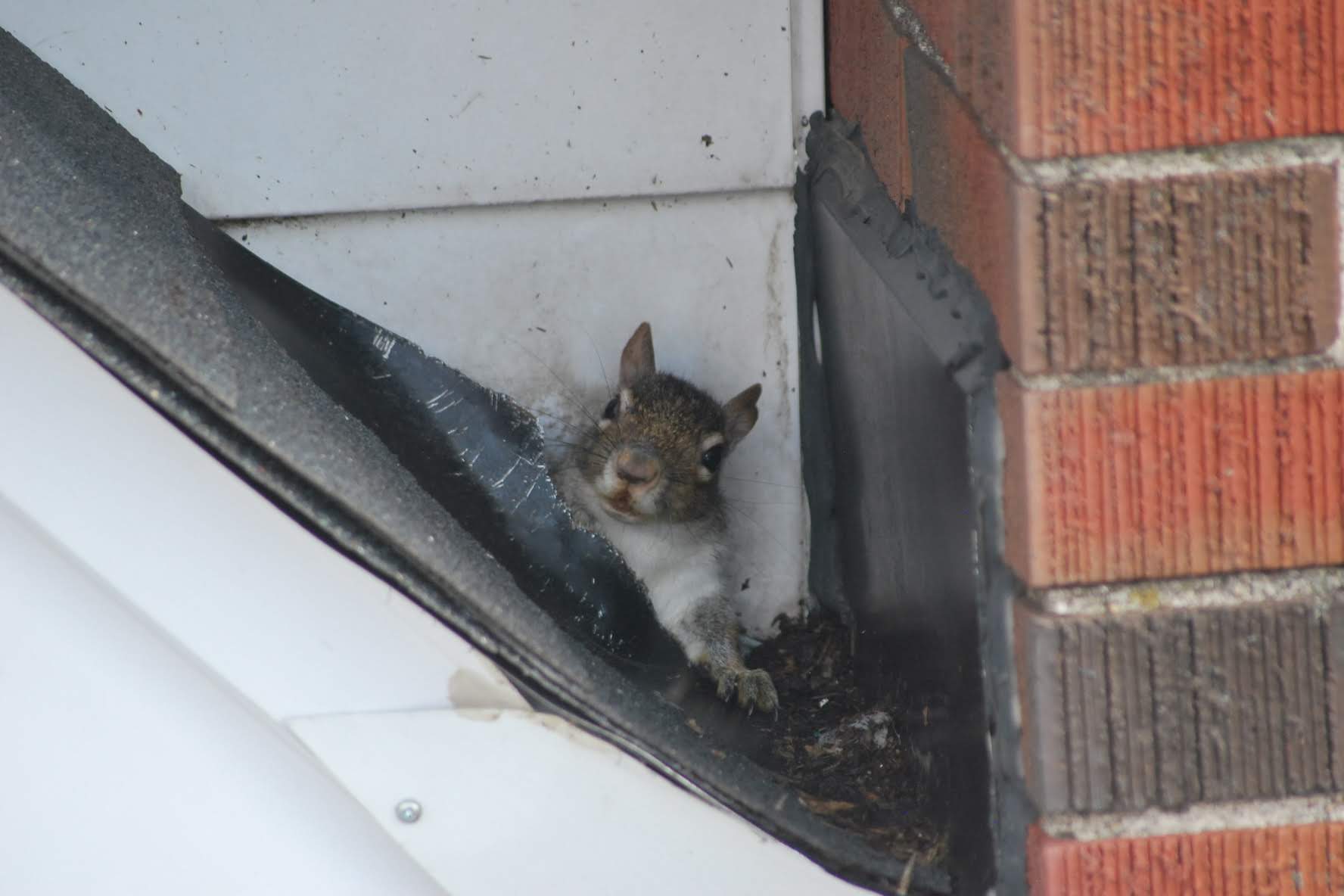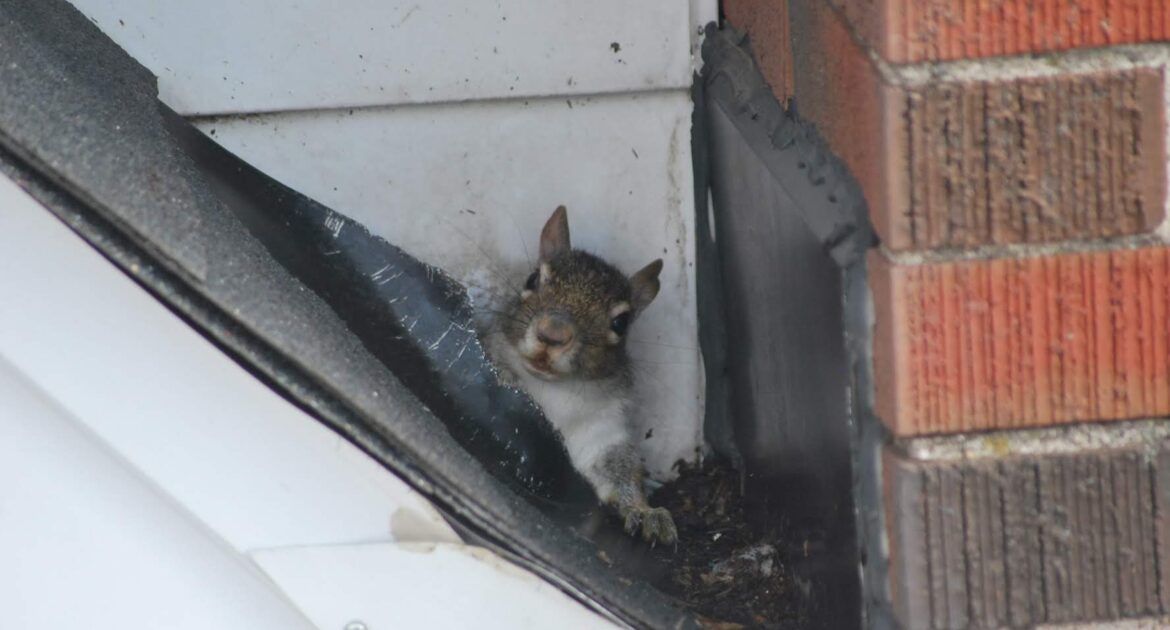Squirrels are known for climbing up and down trees, jumping from one precipice to another, and running around open spaces. The word “squirrely” is even used to describe a state of agitation or hyperactivity. If they get in your attic and start running around, you need professional squirrel removal for the damage they could cause as well as the noise.
Have you ever seen squirrels rolling around in the dirt? Many people have and may have various reactions to it. Some assume the squirrels are just playing, while others are alarmed that the squirrel may have a zoonotic disease. Both perceptions are incorrect. The squirrels are not just playing, but they do not have a disease that could spread to humans.
Why Do Squirrels Roll Around?
The squirrels you see rolling around are not sick, but they are infested with a parasite. Botflies are insects that mate in late summer. The female botflies specifically seek out squirrel dens in which to lay their eggs. Botfly larvae get into the squirrel’s body through an orifice, such as the mouth or nostrils. From that point, they migrate through the squirrel’s body to a spot on the back or near the tail where the squirrel cannot reach. The larvae cut a small hole in the skin so they can breathe while they develop.
As the larvae develop, they create small subcutaneous lumps of about half an inch to an inch on the squirrel’s body. To the casual observer, these look like cysts or cancerous growths, but they are not malignant. However, the larvae’s waste products are very irritating and cause the squirrel to itch. Without being able to reach the areas of irritation easily, the squirrels roll around on the ground trying to scratch the itch. You may also see them jumping up and down or biting themselves trying to get relief.
What Happens to the Squirrels?
It takes the botfly larvae three to seven weeks to mature, during which time the squirrel may suffer itching and skin irritation. However, once the larvae mature and fly away, the squirrel’s skin heals up. In most cases, the squirrels recover completely. If the infestation is severe, the squirrels may experience some long-term effects, but they are usually none the worse for wear.
What Should You Do?
If you see a squirrel rolling around in the dirt, the best thing you can do is leave it alone. You cannot do anything to help, and your intervention would not be welcome. The squirrel has no way of knowing that you intend to help, so if you approach, it may feel threatened and attempt to defend itself by biting or clawing.
While the rolling and other odd behaviour that you observe probably doesn’t mean that the squirrel is rabid, squirrels are nevertheless known to carry rabies. It rarely, if ever, happens that squirrels transmit rabies to humans. Nevertheless, the disease is so serious that it is best not to take any chances. Furthermore, even if a squirrel that bites you in self-defence doesn’t have rabies, it could expose you to some other disease, and the bite wounds may be painful and bleeding.
Call for Professional Squirrel Removal
Botfly larvae hatch in late summer and trouble squirrels throughout the fall. During the same time, squirrels are looking for safe, warm shelters in which to spend the winter. While botfly larvae do not pose any threat to humans, you should still call for wildlife control in Markham if you find squirrels in your home this autumn. The squirrels can damage your home by chewing on electrical wires and other structures. They could spread diseases such as hantavirus and keep you awake by bouncing or rolling around your attic. Call Skedaddle Humane Wildlife Control in Markham for the removal of squirrels.





